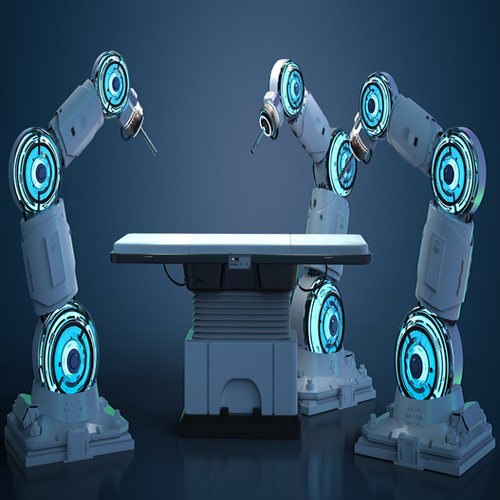Key points from article :
In a significant leap toward autonomous surgery, a team led by Axel Krieger at Johns Hopkins University has demonstrated that a robot can successfully carry out complex soft tissue surgery without human help. The robot, trained using video footage of human surgeries and powered by artificial intelligence similar to ChatGPT and Google Gemini, performed eight gallbladder removals on pig organs with a 100% success rate. The study, published in Science Robotics, marks what the authors describe as a “milestone toward clinical deployment of autonomous surgical systems.”
Unlike human surgeons, the robot performed with smoother movements, shorter task trajectories, and real-time error correction, adjusting tools and actions based on anatomical differences. The full procedure involved 17 steps and was completed in just over five minutes per operation. This level of autonomy surpasses previous robotic systems, which were typically limited to individual tasks like suturing.
Experts, including John McGrath of NHS England and Nuha Yassin of the Royal College of Surgeons, called the development exciting and promising, though they emphasized that the transition to human trials must proceed with caution. Current robotic procedures in the NHS remain under full human control, but the UK plans to expand robot-assisted surgeries significantly over the next decade.
While autonomous robot surgery could potentially allow a single human surgeon to oversee multiple simultaneous operations in the future, real-world challenges like handling bleeding, patient movement, or camera obstructions still need to be addressed before human trials can begin. Training, regulation, and patient safety will be critical to its future deployment.






